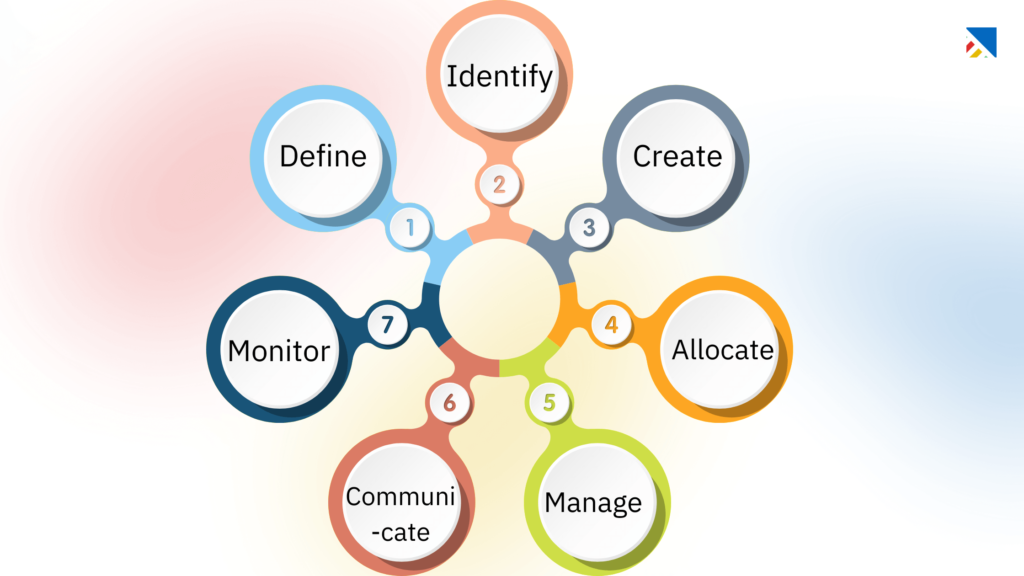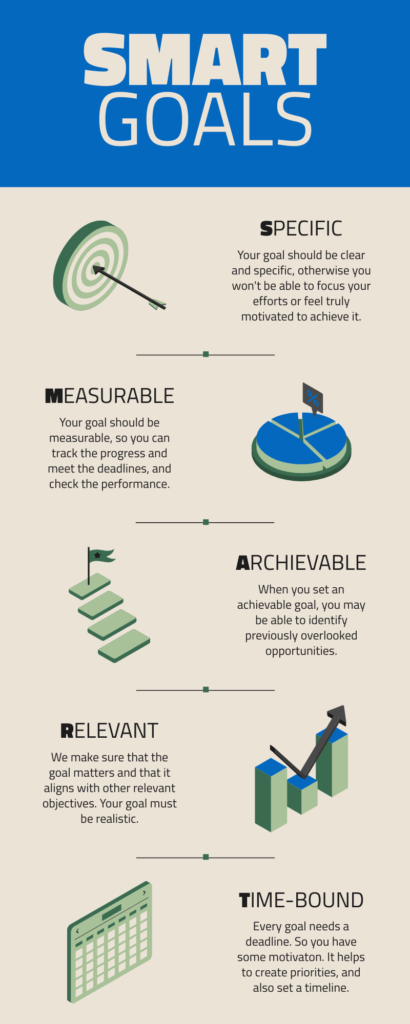As a project manager or business leader, you understand the pivotal role of a well-crafted implementation project plan in ensuring the success of any endeavor. An impeccable implementation project plan is the blueprint for seamless execution and achieving desired outcomes.
Table of Contents
Importance of an impeccable implementation project plan
An impeccable implementation project plan is a critical component that lays the foundation for project success. It outlines the project’s objectives, timelines, and resource allocation and serves as a roadmap for effective communication, risk management, and progress monitoring. Without a comprehensive and well-structured plan, projects can quickly spiral into chaos, leading to missed deadlines, budget overruns, and subpar results.
Key elements of a successful implementation project plan
A successful implementation project plan encompasses several key elements that work harmoniously to ensure a smooth and efficient execution. These elements include:
- Clearly defined project goals and objectives
- Identification of stakeholders and their roles
- A project timeline with details like milestones and deliverables
- Effective resource allocation and management
- Risk assessment and contingency planning
- Robust communication and collaboration strategies
- Continuous monitoring and evaluation processes
By mastering the art of creating an impeccable implementation project plan, you can confidently navigate through the project management complexities and achieve your desired outcomes.

Expert tip #1: Defining project goals and objectives
The foundation of any successful implementation project plan lies in clearly defining the project’s goals and objectives. Ensure that the goals are specific, measurable, achievable, relevant, and time-bound (SMART). Establishing well-defined goals creates a shared understanding among stakeholders, ensuring everyone works towards the same desired outcomes.
To define your project goals effectively, consider the following steps:
- Conduct a thorough need assessment to identify the business requirements and challenges you aim to address.
- Collaborate with key stakeholders and gather diverse perspectives and align on the desired outcomes.
- Break down overarching goals into smaller, actionable objectives that can be measured and tracked through the project lifecycle.
- Ensure your goals are realistic, attainable and achievable within the given timeframe and resource constraints.
Defining your project goals and objectives, helps set the stage for a focused and purposeful implementation project plan.

Expert tip #2: Identifying project stakeholders and their roles
Every implementation project involves diverse stakeholders with unique roles, responsibilities, and expectations. Identifying and engaging these stakeholders from the outset ensures buy-in, effective communication, and seamless collaboration throughout the project lifecycle.
To identify project stakeholders and their roles effectively, consider the following steps:
- Create a comprehensive stakeholder map that includes internal and external parties impacted by the project.
- Analyze each stakeholder’s level of influence, interest, and potential impact on the project’s success.
- Define the roles and responsibilities of each stakeholder group clearly, ensuring accountability and avoiding overlaps or gaps.
- Develop a stakeholder engagement plan to outline communication strategies, decision-making processes, and feedback mechanisms.
By proactively identifying and engaging stakeholders, you can cultivate a sense of ownership, mitigate potential conflicts, and leverage diverse perspectives to drive project success.
Expert tip #3: Creating a detailed project timeline
A detailed project timeline is the backbone of an impeccable implementation project plan. It outlines the activities, milestones, and deliverables sequence, ensuring tasks are completed logically and efficiently. A structured timeline keeps the project on track and facilitates effective resource allocation and progress tracking.
To create a detailed project timeline, consider the following steps:
- Break the project into manageable phases or stages, each with tasks and deliverables.
- Identify dependencies and critical paths to ensure that tasks are scheduled correctly and potential bottlenecks are addressed proactively.
- Assign realistic durations and deadlines to each task, considering resource availability, potential risks, and contingencies.
- Incorporate review and approval cycles, allowing for stakeholder input and necessary adjustments.
- Use project management tools or software to visualize the timeline and facilitate easy tracking and updates.
Creating a detailed project timeline establishes a clear roadmap for execution, enabling efficient coordination and ensuring that critical milestones are met on time and within budget.
Expert tip #4: Allocating resources effectively
Effective resource allocation is a critical component of an impeccable implementation project plan. It involves identifying and securing the necessary human, financial, and material resources to execute the project successfully. Proper resource allocation ensures that tasks are completed efficiently and minimizes the risk of delays, cost overruns, and resource conflicts.
To allocate resources effectively, consider the following steps:
- Conduct a comprehensive resource assessment, identifying the skills, expertise, and equipment required for each project phase.
- Develop a resource allocation plan that matches available resources with project tasks and timelines.
- Implement resource leveling techniques to ensure optimal utilization and avoid overallocation or underutilization.
- Establish contingency plans for addressing potential resource constraints or unexpected changes.
- Continuously monitor and adjust resource allocation as the project progresses, adapting to changing requirements or unforeseen circumstances.
Maximize productivity, minimize waste, ensure the project stays on track, and maintain a balanced workload for your team By effectively allocating resources.
Expert tip #5: Managing risks and contingencies
Every implementation project carries inherent risks and potential challenges that can derail progress and jeopardize success. Proactive risk management and contingency planning are important components of an impeccable implementation project plan. It allows you to anticipate and mitigate potential issues before they escalate.
To manage risks and contingencies effectively, consider the following steps:
- Conduct a thorough risk assessment, identifying potential risks across various project phases and areas, such as scope, schedule, resources, and quality.
- Prioritize risks based on their likelihood of occurrence and potential impact on the project.
- Develop risk mitigation strategies and contingency plans for high-priority risks, outlining specific actions to be taken if they occur.
- Assign risk owners responsible for monitoring and managing specific risks throughout the project lifecycle.
- Regularly review and update the risk register as new risks emerge or circumstances change.
By proactively managing risks and contingencies, you can minimize disruptions, maintain project momentum, and increase the chances of successful implementation.
Expert tip #6: Communicating and collaborating with the project team
Effective communication and collaboration are vital components of an impeccable implementation project plan. They ensure everyone involved in the project is aligned and working towards a common goal. Clear and consistent communication fosters trust, facilitates decision-making and promotes a collaborative environment where ideas and solutions can be shared freely.
To enhance communication and collaboration within your project team, consider the following steps:
- Establish a communication plan that outlines the channels, and protocols for sharing information and updates.
- Conduct regular team meetings, status updates, and progress reviews to keep everyone informed and aligned.
- Encourage open dialogue and feedback loops. Create a safe space for team members to express concerns, share ideas, and raise issues.
- Leverage collaboration tools and platforms to facilitate seamless information sharing, task management, and document version control.
- Foster a culture of accountability and transparency, where team members feel empowered to take ownership and contribute to the project’s success.
Prioritize communication and collaboration to build a cohesive and engaged team, minimize misunderstandings, and leverage all stakeholders’ collective expertise and insights.

Expert tip #7: Monitoring and evaluating project progress
Continuous monitoring and evaluation are essential for ensuring an implementation project stays on track and achieves its desired outcomes. Regular progress tracking lets you identify potential issues or deviations early, enabling proactive adjustments and course corrections before they escalate into larger problems.
To effectively monitor and evaluate project progress, consider the following steps:
- Establish key performance indicators (KPIs) and metrics aligned with your project goals and objectives.
- Implement a robust progress tracking system, leveraging project management tools and reporting mechanisms.
- Conduct regular progress reviews and status meetings to assess project performance against established milestones and timelines.
- Analyze project data and metrics to identify trends, bottlenecks, or areas requiring attention.
- Implement corrective actions and adjust the project plan to address deviations or emerging challenges.
By continuously monitoring and evaluating project progress, you can maintain transparency, make data-driven decisions, and ensure the implementation project remains aligned with its intended goals and objectives.
Conclusion: Mastering the art of creating an impeccable implementation project plan
Crafting an implementation project plan is an art that requires a combination of strategic planning, effective communication, and diligent execution. Follow the expert tips outlined in this article to navigate the complexities of project management with confidence and increase the likelihood of achieving successful outcomes.
Remember, an impeccable implementation project plan is not a static document; it should be a living, breathing roadmap that evolves as the project progresses. Embrace flexibility, adapt to changing circumstances, and continuously seek opportunities for improvement.
Related blog: The Project Implementation Plan Format Handbook
Key takeaways
- Clearly define project goals and objectives to establish a shared understanding among stakeholders.
- Identify and engage stakeholders early on, fostering buy-in and leveraging diverse perspectives.
- Create a detailed project timeline that outlines tasks, milestones, and dependencies.
- Allocate resources effectively to maximize productivity and minimize waste.
- Proactively manage risks and contingencies to mitigate potential issues and maintain project momentum.
- Prioritize communication and collaboration to build a cohesive and engaged team.
- Continuously monitor and evaluate project progress, making data-driven decisions and course corrections as needed.
Create an impeccable implementation project plan to help you navigate the complexities of project management. Embrace the power of strategic planning, effective communication, and diligent execution, and watch your projects soar to new heights of success.





0 Comments